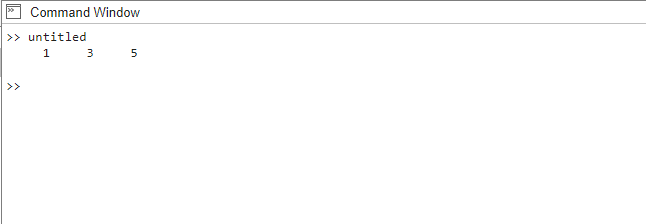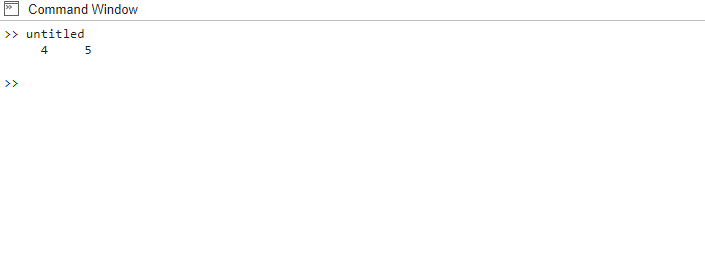What Does find() Do in MATLAB?
The find() function in MATLAB is used to locate the indices of non-zero or non-empty elements in an array or matrix. It gives back a vector with the indices of the components that satisfy the given requirement. The main purpose of the find() function is to identify the positions of elements that satisfy a particular criterion or condition within a given data structure, the basic syntax for the find() function in MATLAB is as follows:
Here, the array refers to the input array or matrix, and indices represent the output, which is a vector containing the indices of the elements in the array that are not empty or zero.
1: Finding Non-Zero Elements
The most common usage of the find() function is to locate the indices of non-zero elements in an array, consider the following example:
In this example, the find() function returns the indices of non-zero elements in the array A, which are 1, 3, and 5:
2: Finding Non-Empty Elements in Cell Arrays
The find() function can also be used to locate the indices of non-empty elements in cell arrays, consider the following example:
In this case, the find() function is applied to the cell array C after checking if each element is empty using the cellfun function. It returns the indices of the non-empty elements, which are 2 and 4.
3: Finding Elements that Satisfy a Condition
The find() function can be combined with logical expressions to locate elements that satisfy a specific condition, consider the following example:
In this example, the find() function is used to identify the indices of elements in array B that are greater than 15. The output provides the indices 4 and 5, corresponding to the values 20 and 25.
4: Finding Specific Elements in Multidimensional Arrays
The find() function can also operate on multidimensional arrays and return indices of specific elements, consider the following example:
Here, the find() function is used to locate the index of the element in the matrix M that is equal to 5, the output reveals that the element is found at index 5.
Conclusion
The find() function in MATLAB is a valuable tool for locating non-zero or non-empty elements in arrays, cell arrays, and multidimensional arrays. By mastering the various ways to use the find() function, MATLAB users can efficiently retrieve indices and extract relevant information from their data. This article has covered some fundamental applications of the find() function with examples.




